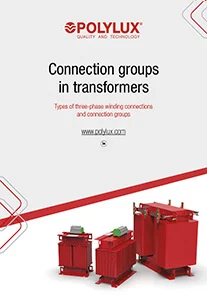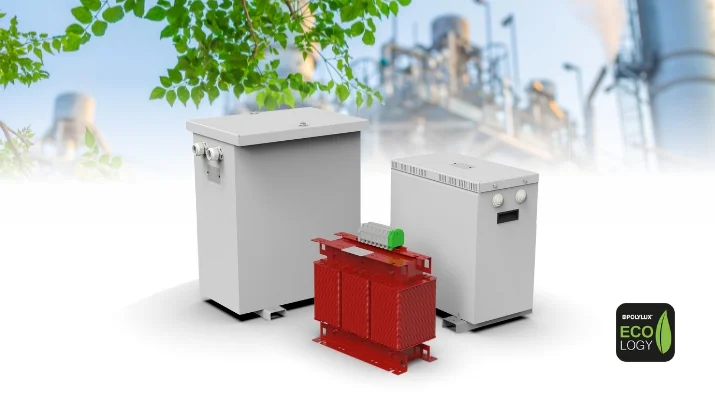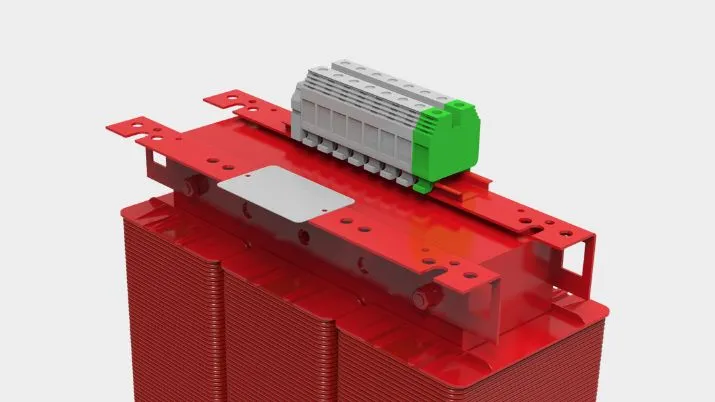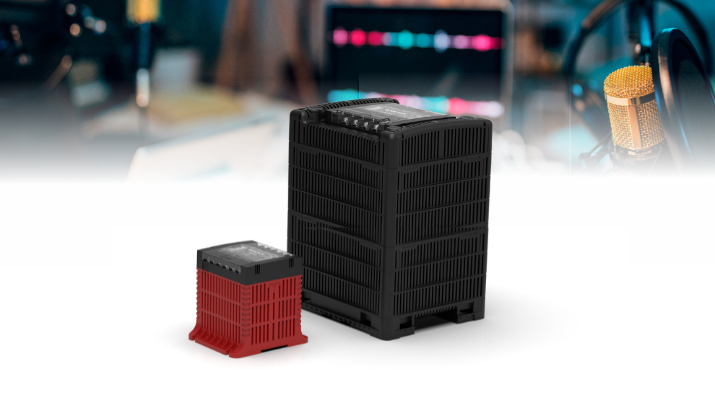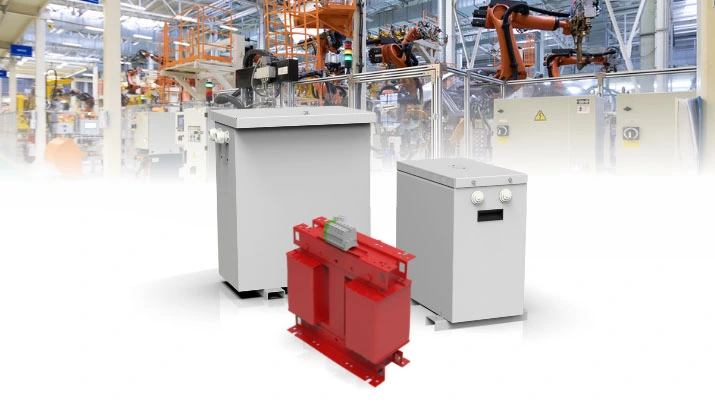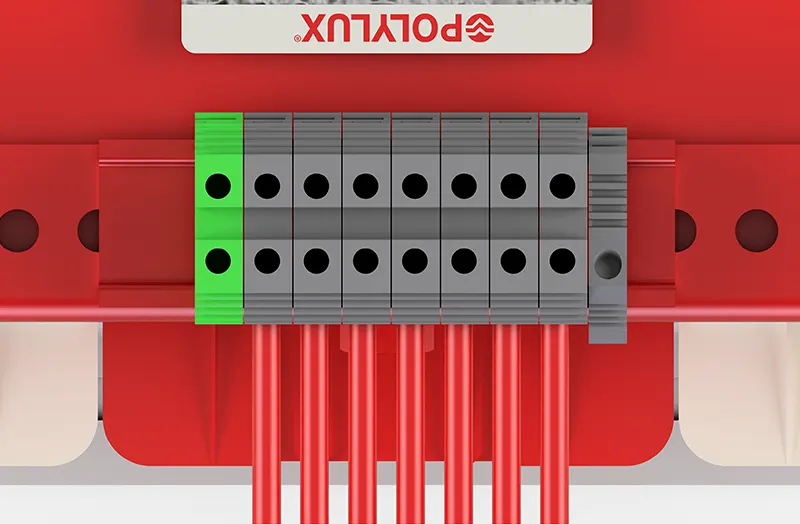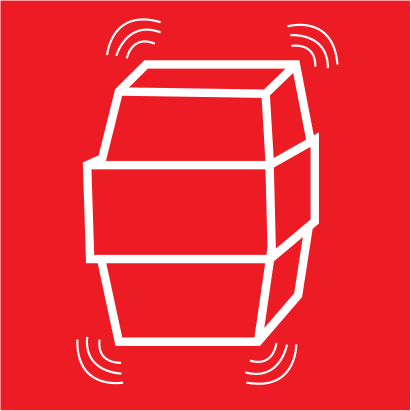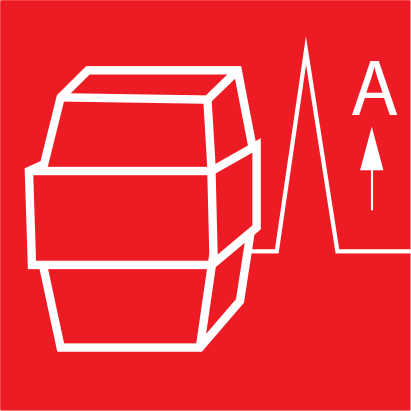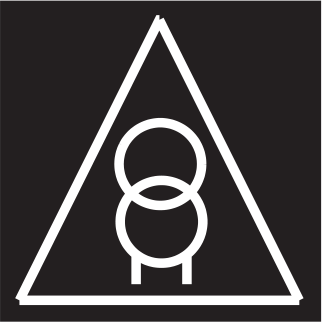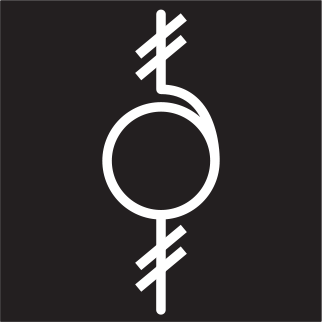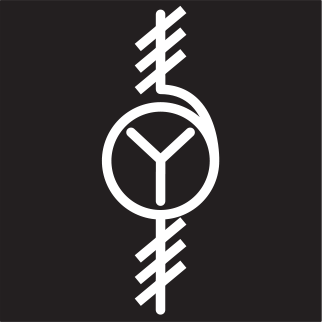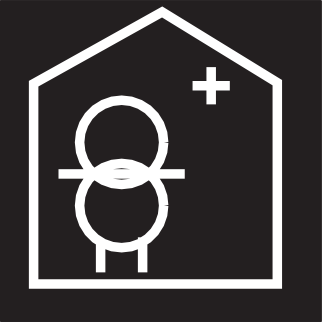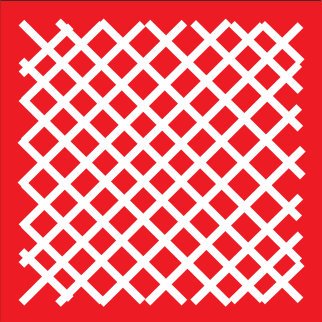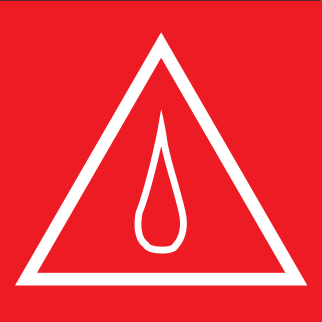The connection group for a three-phase electrical transformer refers to the specific arrangement of the primary and secondary windings of the transformer. It defines how windings are connected to form a particular configuration and is essential to ensure the correct voltage and phase ratios between input and output.
The choice depends on the specific application, voltage requirements, and electrical system design. Different countries and regions may have their own standards and preferences for transformer connection groups, so local practices should also be considered.
Common applications and connection groups as follows:
-
Yy or Y-Y:
This configuration connects the primary and secondary windings in a “Y” or “star” configuration. It is characterized by a neutral point in both the primary and secondary windings.
-
Dd or Δ-Δ:
In this configuration, the primary and secondary windings are connected in a “delta” configuration. There is no neutral point in this arrangement.
-
Yd or Y-Δ:
This arrangement connects the primary winding in a “Y” configuration and the secondary winding in a “delta” configuration.
-
Dy or Δ-Y:
Connects the primary winding in a “delta” configuration and the secondary winding in a “Y” configuration.
-
The “Z” connection group:
Is a specialized transformer connection that is primarily used for applications where a balanced two-phase supply from a three-phase source is required. It’s not as commonly used as other connection groups like Yy or Dy, but it has specific applications:
It is important to note that the Z connection is relatively less common and is mainly used in specialized industrial applications where a balanced two-phase supply is necessary.
Here are some examples of common connections:
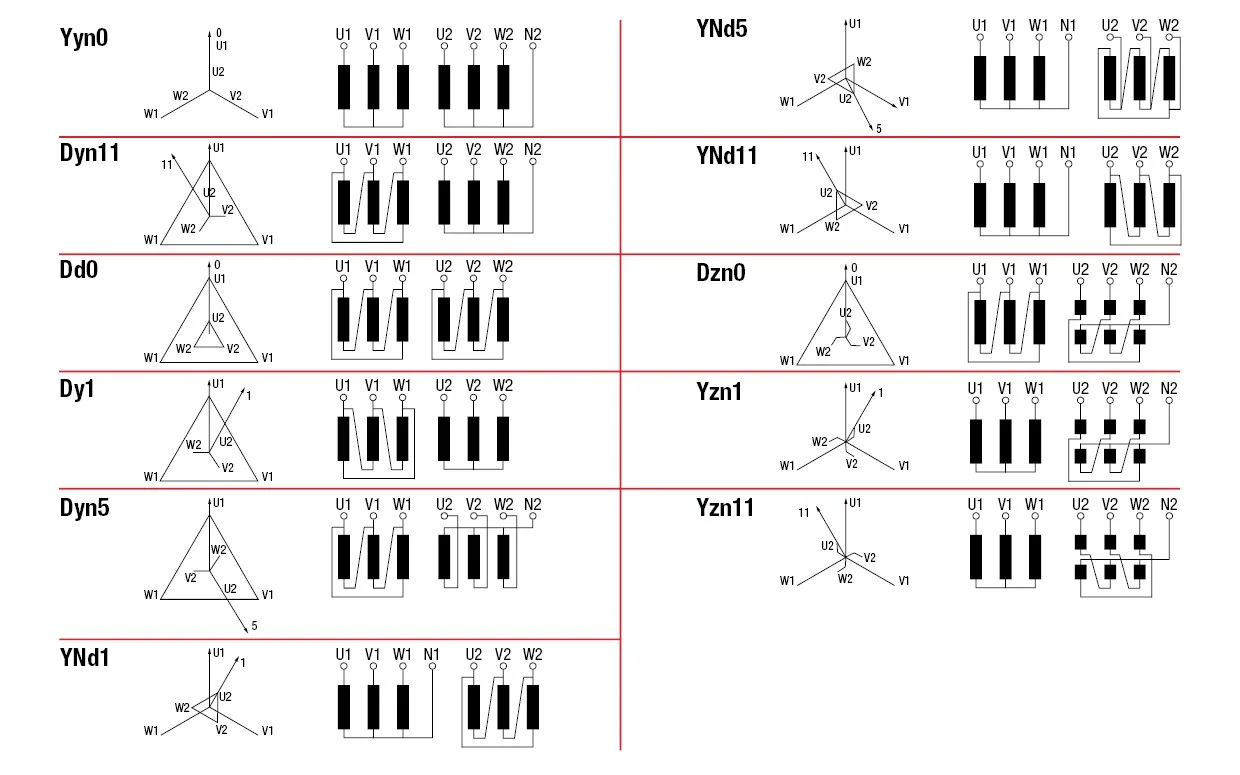
The “angle” of a connection group refers to the relative phase change between the primary and secondary windings of the transformer. It is an important feature that defines how windings are connected to create specific voltage and phase relationships between the input and output sides of the transformer.
The angle of the connection group is usually expressed in degrees.
Some examples:
At POLYLUX, in order to be able to offer a solution adapted to the needs of our customers and the requirements of their electrical projects, we can manufacture transformers on request with the connection groups that are necessary depending on the application.
Para más información o soporte en relación con la selección de tu transformador, puede utilizar nuestro buscador avanzado o contactarnos a través del siguiente formulario:
Share this tutorial
Related tutoriales
Newsletter
RECEIVE OUR NEWS IN YOUR E-MAIL
